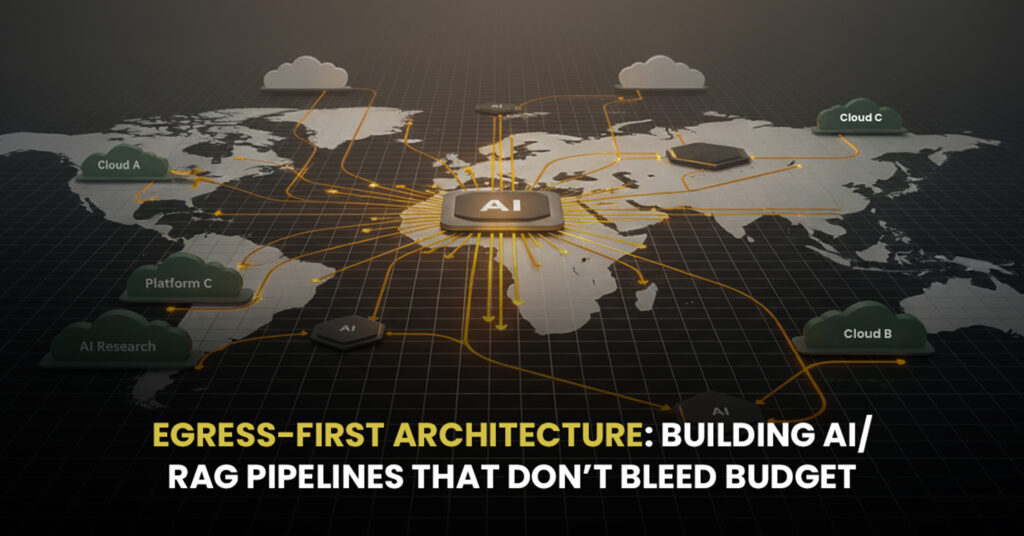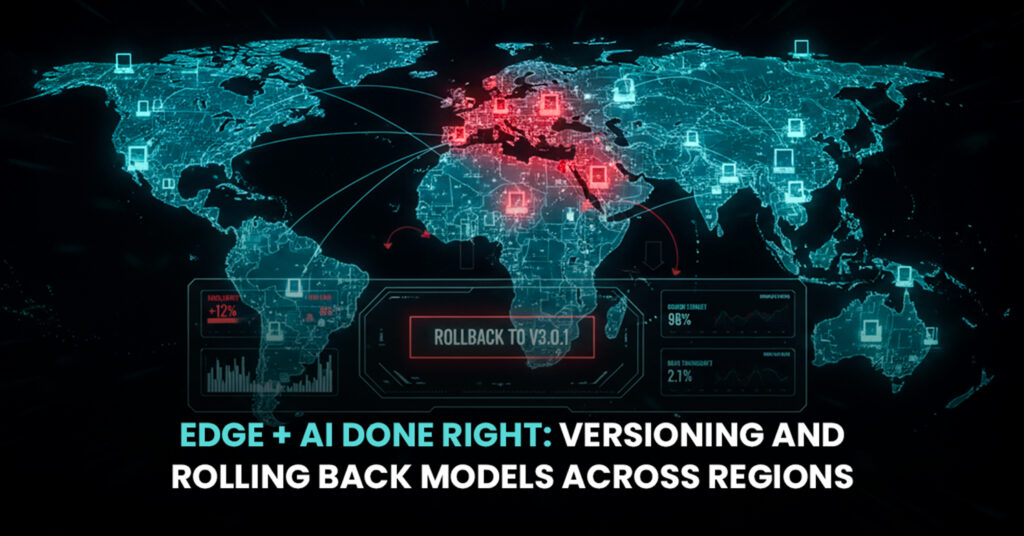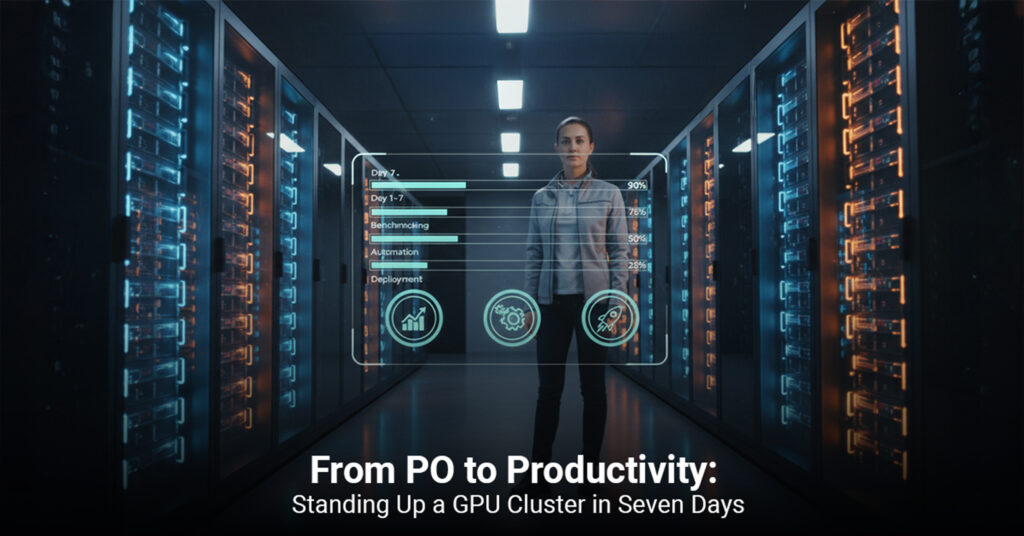Picture this: It’s 3:47 AM on a Tuesday, and Sarah, the CISO of a Fortune 500 retail company, jolts awake to her phone buzzing with an emergency call. “We think we’ve been breached,” says the voice on the other end. Six hours later, the full scope becomes clear: a misconfigured Amazon S3 bucket had been exposing 2.3 million customer records for eight months. The damage? $47 million in immediate costs and immeasurable reputation harm.
Here’s the kicker: this wasn’t a sophisticated attack it was a simple configuration error that would have shown up on any comprehensive cloud security checklist.
Welcome to the reality of cloud security in 2025, where 95% of cloud security failures stem from customer misconfigurations rather than cloud provider vulnerabilities. The average enterprise experiences multiple cloud security incidents per year, takes 287 days to detect breaches, and faces an average cost of $4.45 million per incident.
The good news? Most of these disasters are entirely preventable with the right security assessment approach. Today, we’re sharing CloudServ.ai’s battle-tested 30-point cloud security assessment checklist the same framework we’ve used to secure hundreds of enterprises and prevent countless breaches.
Why Your Current Security Approach Might Be Failing You
Most organizations think they’re more secure than they actually are. It’s not because they don’t care about security it’s because cloud security is fundamentally different from traditional IT security, and many assessment approaches haven’t caught up.
The Shared Responsibility Confusion
One of the biggest misconceptions is thinking that “cloud providers handle security.” While AWS, Microsoft Azure, and Oracle Cloud invest billions in securing their infrastructure, you’re responsible for securing what you put in the cloud.
Think of it like renting an apartment in a secure building. The building owner provides locks and security cameras, but they’re not responsible if you leave your front door wide open. Similarly, cloud providers secure the infrastructure, but configuring firewalls, managing access controls, and protecting your data? That’s all on you.
The Speed vs. Security Trap
Modern development moves fast. DevOps teams spin up new environments in minutes and deploy applications continuously. This velocity is amazing for business agility, but it’s a nightmare for traditional security approaches that rely on manual reviews.
The result? Security becomes an afterthought rather than a foundation, creating “security debt” vulnerabilities that accumulate over time and eventually come due with interest.
Multi-Cloud Complexity Explosion
Most enterprises don’t use just one cloud provider they use three or four, each with different security models, tools, and best practices. Managing security across AWS, Azure, Oracle Cloud, and Google Cloud simultaneously is like trying to conduct four different orchestras playing different songs.
CloudServ.ai’s Security Assessment Game-Changer
After securing cloud environments for hundreds of enterprises, we’ve learned that effective cloud security assessment isn’t about running automated tools and calling it done. It’s about understanding business context, identifying real-world attack vectors, and providing actionable remediation steps.
Our Business-First Security Approach
Most security assessments drown you in technical findings without explaining what they mean for your business. We flip this approach entirely. Every vulnerability we identify comes with clear business impact assessment: “This misconfiguration could lead to customer data exposure, resulting in potential regulatory fines of $X million.”
Multi-Cloud Expertise That Actually Matters
Our team includes Oracle Certified Masters, AWS Security Specialists, Azure Security Engineers, and Google Cloud Professional Cloud Security Engineers. More importantly, we understand how to create unified security frameworks across multiple cloud providers.
Implementation-Focused Recommendations
We don’t just tell you that your API security needs improvement; we provide step-by-step instructions for implementing OAuth 2.0, recommend specific tools, and help you integrate these improvements into your development workflow.
The Complete 30-Point Cloud Security Assessment Framework
Here’s CloudServ.ai’s comprehensive 30-point cloud security assessment checklist, organized into five critical security domains. This is the exact methodology we use with enterprise clients to identify vulnerabilities and prevent breaches.
Domain 1: Identity and Access Management (IAM) – Points 1-6
Identity IS your perimeter in cloud environments. Get IAM wrong, and everything else becomes vulnerable.
Point 1: Multi-Factor Authentication (MFA) Implementation Verify MFA is enabled for all administrative accounts and assess authentication factor strength. We still find organizations where privileged accounts rely solely on passwords like leaving your house key under the doormat.
Point 2: Privileged Access Management Audit who has admin access, how often they use it, and whether you’re following least-privilege principles. We frequently discover developers with production admin access “just in case.”
Point 3: Identity Federation and SSO Security Examine SAML and OAuth configurations, looking for vulnerabilities in trust relationships and authentication flows. Misconfigured federation can allow attackers to impersonate legitimate users.
Point 4: Role-Based Access Control (RBAC) Effectiveness Evaluate whether roles align with actual job responsibilities. Do your developers really need the ability to delete production databases?
Point 5: Service Account Security Audit service account permissions, key rotation practices, and secure storage of API credentials. Hardcoded API keys in source code repositories are shockingly common.
Point 6: Access Logging and Monitoring Assess the comprehensiveness of identity and access logging. Can you detect unusual access patterns that might indicate compromised accounts?
Domain 2: Data Protection and Privacy – Points 7-12
Data is why attackers target your cloud environment, making data protection the ultimate measure of security success.
Point 7: Data Classification and Sensitivity Mapping Assess data discovery and classification capabilities. Personal information in development databases and intellectual property in unsecured file shares are common findings.
Point 8: Encryption Implementation Examine encryption coverage for data at rest and in transit, key management practices, and certificate lifecycle management. Weak encryption algorithms and poor key storage can render encryption ineffective.
Point 9: Data Loss Prevention (DLP) Assess DLP capabilities, content inspection, and policy enforcement. Can your systems identify when someone downloads unusual amounts of customer data?
Point 10: Backup and Recovery Security Examine backup encryption, access controls, and recovery procedures. Ransomware attackers frequently target backup systems to prevent recovery.
Point 11: Data Residency and Sovereignty Assess data location controls and compliance with regional privacy laws. GDPR and data localization requirements create complex constraints.
Point 12: Data Retention and Disposal Examine data lifecycle management policies and secure disposal procedures. Data you don’t need is data you don’t need to protect.
Domain 3: Network Security and Segmentation – Points 13-18
Cloud networking requires rethinking traditional security approaches through virtual networks and software-defined perimeters.
Point 13: Network Architecture Security Assess VPC design, examining segmentation strategies and traffic flow controls. Flat network architectures that allow unrestricted internal communication are dangerous.
Point 14: Firewall and Intrusion Detection Assess firewall rule effectiveness and intrusion detection coverage, looking for overly permissive configurations and outdated rules.
Point 15: VPN and Remote Access Security Examine VPN configurations, encryption strength, and authentication mechanisms. Also assess zero-trust network access implementations.
Point 16: API Security and Gateway Protection Assess API authentication, authorization mechanisms, and rate limiting implementations. Insecure APIs are among the most common cloud attack vectors.
Point 17: Container and Kubernetes Security Assess container image security, runtime protection, and orchestration security. Vulnerable base images and insecure configurations are frequent findings.
Point 18: Cloud-Native Security Services Assess utilization of cloud-native security tools, looking for configuration gaps and integration opportunities with third-party security solutions.
Domain 4: Compliance and Governance – Points 19-24
Compliance isn’t just about avoiding fines it’s about implementing systematic risk management that protects your business.
Point 19: Regulatory Compliance Alignment Assess compliance with relevant regulations GDPR, HIPAA, PCI DSS, SOX looking for gaps between current state and regulatory obligations.
Point 20: Security Policy Documentation Assess policy completeness, currency, and enforceability. Outdated policies create compliance risks and operational confusion.
Point 21: Risk Management Framework Assess risk identification, assessment, and mitigation processes. Formal risk management helps organizations make informed security investment decisions.
Point 22: Vendor and Third-Party Risk Management Assess vendor security evaluation processes and ongoing monitoring capabilities. Modern applications often depend on hundreds of third-party components.
Point 23: Security Governance Structure Assess security governance structure, examining CISO authority and security committee effectiveness. Strong governance ensures security considerations integrate into business decisions.
Point 24: Audit and Compliance Monitoring Assess compliance monitoring automation and internal audit capabilities. Continuous monitoring reduces audit burden and enables proactive issue resolution.
Domain 5: Incident Response and Recovery – Points 25-30
No security is perfect effective incident response capabilities minimize impact when security incidents occur.
Point 25: Incident Response Plan Completeness Assess incident classification systems, escalation procedures, and response team organization, including integration with legal and executive leadership.
Point 26: Detection and Analysis Capabilities Assess security operations center capabilities, threat hunting processes, and advanced threat detection. Early detection minimizes incident impact.
Point 27: Containment and Eradication Procedures Assess incident isolation strategies, malware removal procedures, and system restoration capabilities while preserving evidence for investigation.
Point 28: Recovery and Lessons Learned Assess recovery prioritization processes, stakeholder communication procedures, and post-incident analysis capabilities that strengthen security posture.
Point 29: Business Continuity Integration Assess integration between security incident response and business continuity planning, examining critical system identification and alternative procedures.
Point 30: Testing and Simulation Assess incident response testing programs, including tabletop exercises and simulations. Regular testing builds muscle memory for effective response.
Implementation That Actually Works
Identifying security gaps is only half the battle the real value comes from systematic remediation that improves security without disrupting business operations.
Risk-Based Prioritization
Not all security vulnerabilities are created equal. Our prioritization approach focuses on business impact rather than technical severity scores, considering data sensitivity, attack likelihood, business impact potential, and remediation complexity.
Technology Integration That Reduces Complexity
Security tools should make your life easier, not more complicated. We focus on consolidating your security technology stack, eliminating redundant tools, and improving integration between security systems for unified visibility and automated workflows.
Training That Creates Security Champions
Technology alone doesn’t create security people do. Our approach includes comprehensive training that builds security expertise throughout your organization, from executive education to technical team development and user awareness programs.
The Economics of Security: ROI That Justifies Investment
Effective cloud security delivers measurable ROI through multiple channels beyond just breach prevention:
Quantifiable Risk Reduction: Avoiding breach costs averaging $4.45 million, regulatory fines, and business disruption while reducing cyber insurance premiums by 20-40%.
Business Enablement Value: Security compliance enables market access, wins enterprise customers, and builds customer trust that becomes a competitive differentiator.
Strategic Competitive Advantage: Strong security enables deeper partner integration, premium pricing, talent attraction, and improved investor confidence.
Ready to Secure Your Cloud Environment?
Free Security Risk Evaluation
Our complimentary 60-minute security risk evaluation provides immediate insights into your cloud security posture, reviewing your current architecture, assessing compliance requirements, and identifying quick security wins.
Customized Assessment Planning
We customize our 30-point assessment framework based on your industry, business context, technical environment, and resource constraints to focus on security domains most critical to your business.
Comprehensive Security Assessment
Our assessment combines automated security testing with expert manual analysis, providing comprehensive coverage and nuanced insights that translate into actionable improvements with clear business impact.
Results and Remediation Planning
Every finding includes business context, specific remediation steps, and prioritized implementation roadmaps that balance risk reduction with resource constraints and business priorities.
Your Strategic Investment in Business Protection
Cloud security isn’t a technology problem it’s a business risk that requires strategic thinking, technical expertise, and systematic implementation. The 30-point assessment framework we’ve shared represents years of real-world experience securing cloud environments for hundreds of enterprises.
Organizations that treat security as a strategic enabler rather than just a compliance requirement gain competitive advantages that compound over time. Every day you delay comprehensive security assessment is another day your cloud environment remains vulnerable to attacks that could devastate your business.
The question isn’t whether you can afford to invest in comprehensive cloud security assessment it’s whether you can afford not to.
Ready to secure your cloud environment with the same 30-point methodology that’s protected hundreds of enterprises? Contact CloudServ.ai today to schedule your complimentary cloud security consultation. Because in cybersecurity, prevention is worth more than any cure.
CloudServ.ai specializes in comprehensive cloud security assessments that deliver actionable insights and measurable risk reduction. Our Oracle Certified security experts help enterprises build security postures that enable business growth. Contact us to discover how our 30-point assessment framework can strengthen your organization’s security and competitive position.



